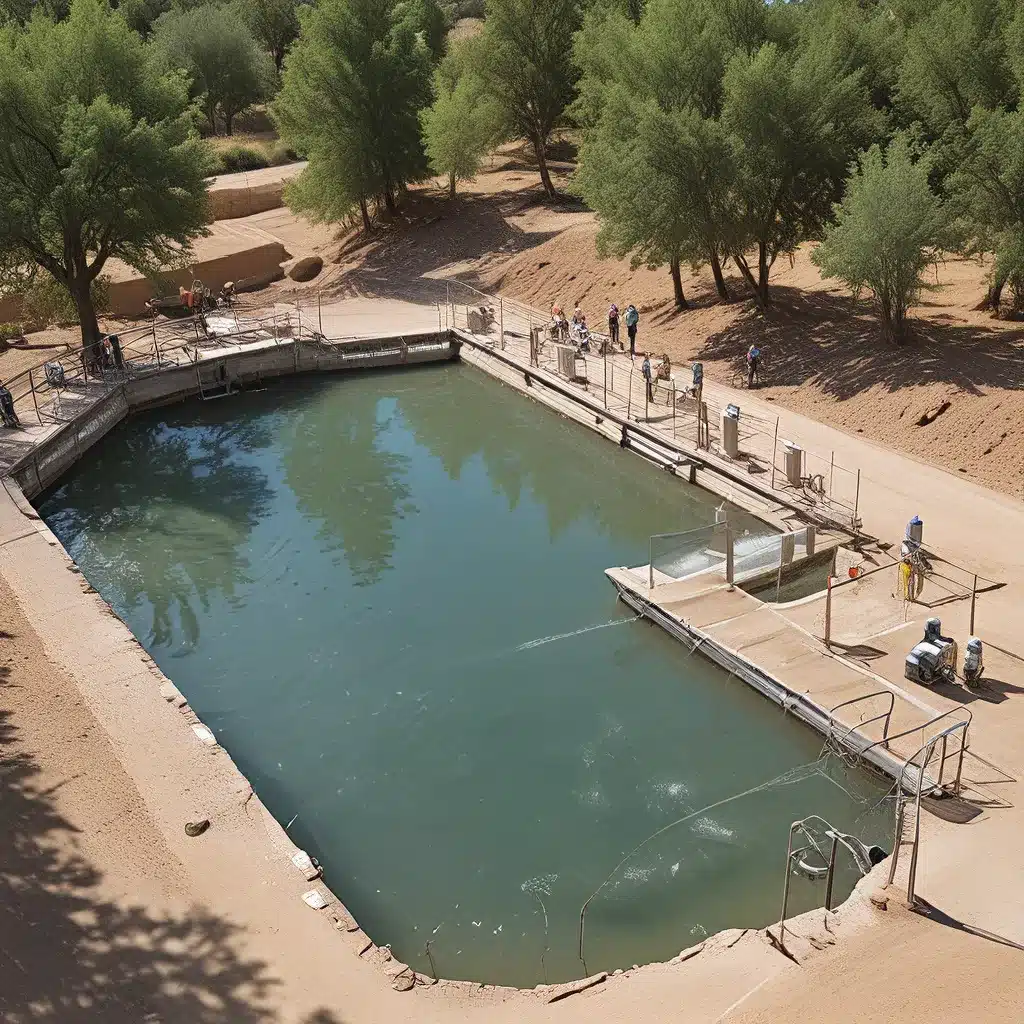
As the old adage goes, “water, water everywhere, but not a drop to drink.” In the face of natural disasters, humanitarian crises, and other emergencies, this sentiment rings all too true. But what if I told you that innovative water treatment solutions are transforming the way we respond to these critical situations?
Let me take you on a journey through the cutting-edge world of emergency water treatment. Imagine a scenario where a devastating hurricane has ravaged a coastal community, leaving homes and businesses destroyed, and the local water supply contaminated beyond use. Or perhaps a remote village has been cut off from clean water sources due to a landslide or conflict. These are the challenges that drive the pioneers of emergency water treatment to push the boundaries of what’s possible.
Harnessing the Power of Mobility
One of the key innovations in this field is the rise of mobile water treatment units. These self-contained, transportable systems can be rapidly deployed to disaster zones, providing a reliable source of clean, potable water in a matter of hours. Imagine a large, rugged trailer that can purify up to 10,000 gallons of water per day, using a combination of filtration, disinfection, and advanced treatment technologies.
These mobile units can be outfitted with a range of features to tackle different water quality issues. Some may prioritize the removal of pathogens, while others focus on reducing heavy metals or chemical contaminants. The flexibility and modularity of these systems allow emergency responders to tailor the treatment process to the unique needs of each situation.
Inland Waters, a leading provider of water treatment solutions, has been at the forefront of this innovation. Their Rapid Response Trailer is a prime example of this technology in action. Equipped with state-of-the-art filtration, disinfection, and monitoring systems, this mobile unit can be deployed to disaster sites within 24 hours, providing a reliable source of clean water to those in dire need.
Harnessing the Power of Community
But the story of emergency water treatment doesn’t stop there. In many cases, the success of these efforts relies on the active engagement and participation of the local community. After all, who better to understand the unique needs and challenges of a region than the people who call it home?
Take, for instance, the work of Water Missions International, a non-profit organization dedicated to providing safe water solutions in developing countries. They don’t just parachute in with their high-tech equipment; instead, they collaborate closely with local communities, training residents to operate and maintain the water treatment systems themselves.
This approach not only empowers communities to take ownership of their water resources, but it also ensures the long-term sustainability of these projects. By fostering a sense of shared responsibility, Water Missions International has been able to create lasting change, even in the most remote and resource-constrained regions of the world.
Harnessing the Power of Cutting-Edge Technology
Of course, the world of emergency water treatment is not just about mobility and community engagement. It’s also about pushing the boundaries of what’s possible with advanced treatment technologies.
One such innovation is the use of membrane filtration systems, which can remove a wide range of contaminants, from bacteria and viruses to heavy metals and microplastics. These compact, modular units can be easily integrated into mobile water treatment systems, providing a reliable and efficient way to purify water in even the most challenging environments.
Another game-changer is the rise of solar-powered water treatment systems. By harnessing the power of the sun, these innovative solutions can operate off-grid, making them ideal for remote or disaster-stricken areas where traditional power sources may be unavailable. Imagine a self-contained unit that can purify water using a combination of UV disinfection and solar-powered membrane filtration – a true testament to the ingenuity of the emergency water treatment community.
The Future of Emergency Water Treatment
As I’ve shown, the world of emergency water treatment is a dynamic and ever-evolving landscape, filled with remarkable innovations and dedicated individuals. But what does the future hold for this critical field?
One thing is certain: the demand for reliable, rapid-response water treatment solutions will only continue to grow. With the increasing frequency and severity of natural disasters, as well as the persistent challenges of providing safe water access in developing nations, the need for these technologies is more pressing than ever.
But the innovators and pioneers of this industry are up for the challenge. They are constantly pushing the boundaries of what’s possible, exploring new materials, technologies, and deployment strategies to ensure that no community is left without access to clean, life-sustaining water.
So, the next time a natural disaster strikes or a humanitarian crisis unfolds, take a moment to appreciate the remarkable work being done in the field of emergency water treatment. These unsung heroes are quite literally quenching the thirst of those in desperate need, and I’m honored to be able to share their story with you.


